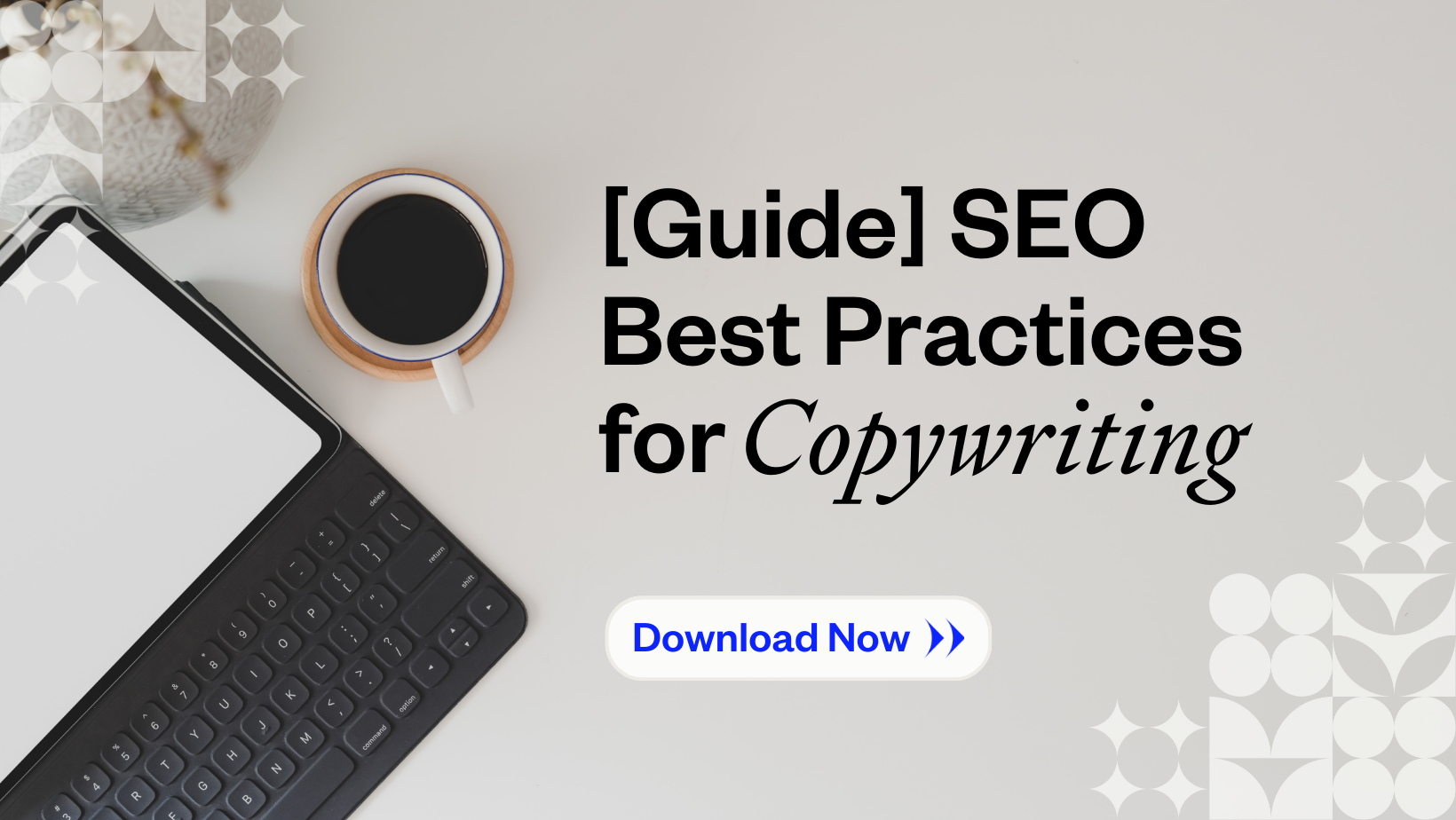Search Engine Optimization (SEO), as defined by Moz, is “the practice of increasing the quantity and quality of traffic to your website through organic (aka non-paid) search engine results.” In simple terms, SEO is the process of making your website more attractive and relevant to search engines, with the goal of improving its search engine ranking and increasing traffic to your site.
Why is SEO important?
With the vast amount of online content, it is crucial to have a strategy to make your website stand out. SEO can help you achieve this by improving your website's visibility and ranking in search engine results pages (SERPs). With higher visibility, your website can attract more traffic, increasing brand awareness and revenue.
According to a Twitter poll done by Search Engine Journal, organic search is the digital marketing channel that brings in the highest ROI, selected by 49% of the respondents.

There are many different techniques and strategies for optimizing your website for search engines, including keyword research, on-page optimization, off-page optimization, technical optimization, and content creation. Each of these tactics, when done genuinely and with high quality, improve your website's authority and reputation, which can help improve your search engine ranking.
The four basic pillars of SEO
The four basic pillars of SEO that can help you achieve your SEO goals are Technical SEO, On-site SEO, Off-site SEO, and User Engagement.
1. On-site optimization
On-site optimization involves optimizing the content and structure of your website to make it more search engine-friendly. The number one thing you can do to improve your SEO is to make content that is awesome for users.
A strong on-site optimization strategy includes writing blog posts, long-form content like guides and white papers, creating videos and podcasts, infographics, and additional webpages, and through third-party content like PR coverage, bylines, and awards.
You’ll also want to optimize each page/content piece with title tags, meta descriptions, headers, images, and internal linking.
2. Technical SEO
Technical SEO helps you ensure both Google and users can find and understand your content. It involves optimizing the technical aspects of your website, such as site speed, mobile-friendliness, and security. These technical factors can have a significant impact on your website's search engine ranking, so it's important to ensure that your website is optimized in these areas.
To score well from a technical standpoint, Google considers:
- Page accessibility
- Logical site structure
- Whether your website/content has errors
- Whether your website is properly managed
And user considerations include:
- Site speed
- Mobile-friendliness
- Good design
- User experience (UX)
3. Off-site SEO
With off-site SEO, Google is looking at how the internet as a whole sees your website and brand and involves optimizing your website's external links, such as backlinks from other websites. Building high-quality backlinks can improve your website's authority and reputation, which can help improve your search engine ranking. You can build backlinks by collaborating with guest bloggers, writing bylines for publications, and through review sites.
4. User engagement
While each of these pillars is critical to improving your rank in the SERPs, user engagement is a tiebreaker factor that can drive you from “page 1” to “number 1.” Search engines like Google consider user engagement metrics as a key factor when ranking web pages.
When users engage with a website by spending more time on the site, clicking through multiple pages, and returning to the site repeatedly, search engines interpret this as a positive signal that the site is offering relevant and high-quality content. As a result, search engines may rank the site higher to ensure that users find the best possible results.
Some of the key user engagement metrics that can impact SEO include click-through rate, time on page/site, bounce rate, social signals, and pages per session.
The power of multi-channel integration
SEO is an essential part of any digital marketing strategy and can bolster existing campaigns. For example, SEO, paid search, and CRO work best when combined. We use SEO to help attract top-of-funnel traffic and reduce friction for clients, and using paid search campaigns, we can control the messaging, price, paid SERP, and landing page experience to capture the bottom-funnel leads and optimize to increase the conversion rate.
Optimizing your website for search engines can improve its visibility and ranking, attracting more traffic and increasing your brand's awareness and revenue. When these best practices are applied correctly, website traffic and revenue will grow.
If you want to learn more about our SEO best practices and offerings, get in touch below, we'd love to hear from you.
